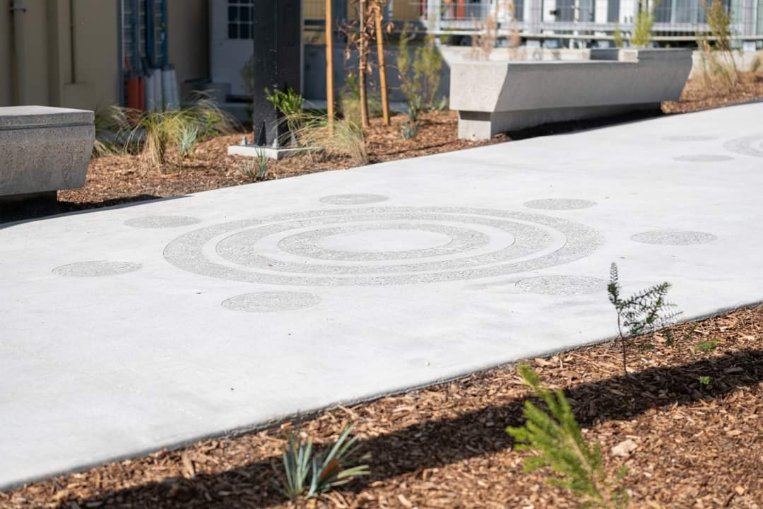Techniques for surface hardening and strengthening are essential for various industries, to help ensure asset soundness and durability. Due to surface characteristic modification capabilities, a wide range of treatments can prove beneficial in strengthening the metals’ resistance to oxidation and corrosion.
Whilst utilising an industrial abrasive, Sandblasting is a standard method for reinforcing and hardening metal surfaces. Sandblasting not only accomplishes the cleaning and preparation of surfaces but additionally hardens and strengthens the surface characteristics. Achieved by propelling abrasive materials into an area at high velocity. This blog’s objective is to investigate the relevance of surface hardening and strengthening, the industries that benefit from these processes, and the role that abrasive blasting and sandblasting play in achieving the best results.
What’s Surface Hardening and Strengthening?
Surface hardening and strengthening are synonymous terms. If we modify the substrate’s microstructure, we can increase its resistance to wear, as well as its toughness and durability to environmental elements. These techniques may efficiently save costs, while simultaneously increasing the functioning and endurance of components without necessitating significant structural alterations.
Why Opt For Surface Hardening & Strengthening
The process of surface hardening and strengthening is one that a significant number of companies embrace for a variety of reasons:
- It increases the asset’s service life, resulting in less time spent repairing damaged sections. It is of the utmost significance in industries like the energy sector and the aviation industry, where the effects of malfunctioning equipment could potentially have disastrous consequences.
- Surface hardening and strengthening procedures are often used in industrial painting service treatment. Aiding in the asset’s resistance to wear, corrosion, and structural fatigue. These processes are particularly effective for components utilised in the marine industry, which often endures harsh operating circumstances.
- Surface protection improves the reliability of the equipment or asset, as well as its overall efficiency.
Industries That Employ Surface Hardening & Strengthening
Several industries have started using surface hardening and strengthening technologies to enhance the quality of their products and processes. Now is the time to take a more in-depth look at a few of these industries:
Oil & Gas Industry
In the oil and gas industry, it is essential to use equipment that can withstand high temperatures, significant pressure variations, and corrosion. Because of surface hardening and strengthening processes, assets such as machinery controls, gearbox lines, and drilling tools, are reliable and durable.
Manufacturing Sector
The manufacturing sector uses surface hardening and strengthening techniques to boost the fatigue resistance and longevity of various machine components, moulds, and tools. This helps to keep manufacturing processes operating smoothly and precisely while cutting down on the expenditures that come with frequent replacements.
Marine Industry
The Marine industry comes in third. In the maritime industry, you may often encounter saltwater, excessive moisture, and challenging circumstances. Surface hardening and strengthening protect ship components, undersea structures, and marine equipment from wear and tear, which extends their usable life and reduces the number of times they need repairs.
Automotive Industry
The automotive industry relies heavily on industrial sandblasting company processes to extend the life of components such as engines, gearbox parts, and suspension sections while improving their functioning. Strengthening the vehicle and increasing its resistance to wear makes automobiles safer and more reliable.
Aviation Industry
The aviation industry has strict criteria for both safety and reliability in its products. Surface hardening and strengthening procedures can boost the breakdown endurance and wearing efficiency of components like turbine blades, propellers, and framework pieces. These techniques are beneficial.
The essence of Surface Preparation For Better Durability
Surfaces need to be adequately prepared before surface hardening and strengthening techniques can be implemented. Before beginning the hardening process, removing any impurities, such as oxidation, paint, and oils, is necessary. Opting for an abrasive industrial sandblasting company is the most efficient method for cleaning and coarsening the surfaces before treating them. Nothing else comes close to its efficiency in this regard.
Abrasive Materials and Approaches for Surface Hardening and Strengthening
When choosing an abrasive material, it is essential to consider the surface being worked on, the specified Blast Class in accordance with AS 1627.4, and the protective coating product that will be applied following the abrasive blasting process.
A few examples of standard abrasives are silicon carbide, glass beads, aluminium oxide, and Garnet.
Depending on the project, a variety of abrasive blasting techniques can be utilised. For example, abrasive blasting can be conducted in an open-air blasting booth which is practical for completing jobs on an industrial scale, such as cleaning and preparing metal surfaces before painting. On the other hand, closed-cabinet blasting equipment provides a controlled environment for smaller handheld items.
Conclusion
Surface hardening and strengthening are vital for enhancing a surface’s sturdiness, asset lifecycle, and wear-resistant qualities across various applications. Many businesses are adopting such practices from the best industrial sandblasting company. All for the purpose of ensuring consistent performance, cost reductions associated with maintenance, and the lengthening of asset component replacement periods.
As an abrasive blasting company with over 10 years of industry experience, our recommendation is to optimise the durability and dependability of your industrial equipment and assets. Ensuring the extension and maximisation of an asset’s lifecycle, before requiring replacement.

